 June is the month where the yard starts feeling really full and lush. By the time May is over we start to see the end of the spring flowers as we make way for summer blooms and the hotter weather. Our Hostas are full grown and bursting with many flowers. Roses, Phlox, Sedum, and more are all out to play.
June is the month where the yard starts feeling really full and lush. By the time May is over we start to see the end of the spring flowers as we make way for summer blooms and the hotter weather. Our Hostas are full grown and bursting with many flowers. Roses, Phlox, Sedum, and more are all out to play.
The Red Rose Shrub started off the month with a fantastic display, the best I’ve ever seen it bloom. I’m thinking that the mild winter may have helped this shrub be its best this year, it seemed more than twice as bushy than the previous years. Since I did not plant this bush, I’m not 100% certain of the variety, but I know it is a common shrub Rose and to me it looks most like a Cardinal Hume (Harregale). They are an intense deep magenta red with yellow frilly stamens. Super hardy and easy to grow in the midwest. I “prune” it slightly each year, although I have yet to learn anything about doing such a task, perhaps it’s time.
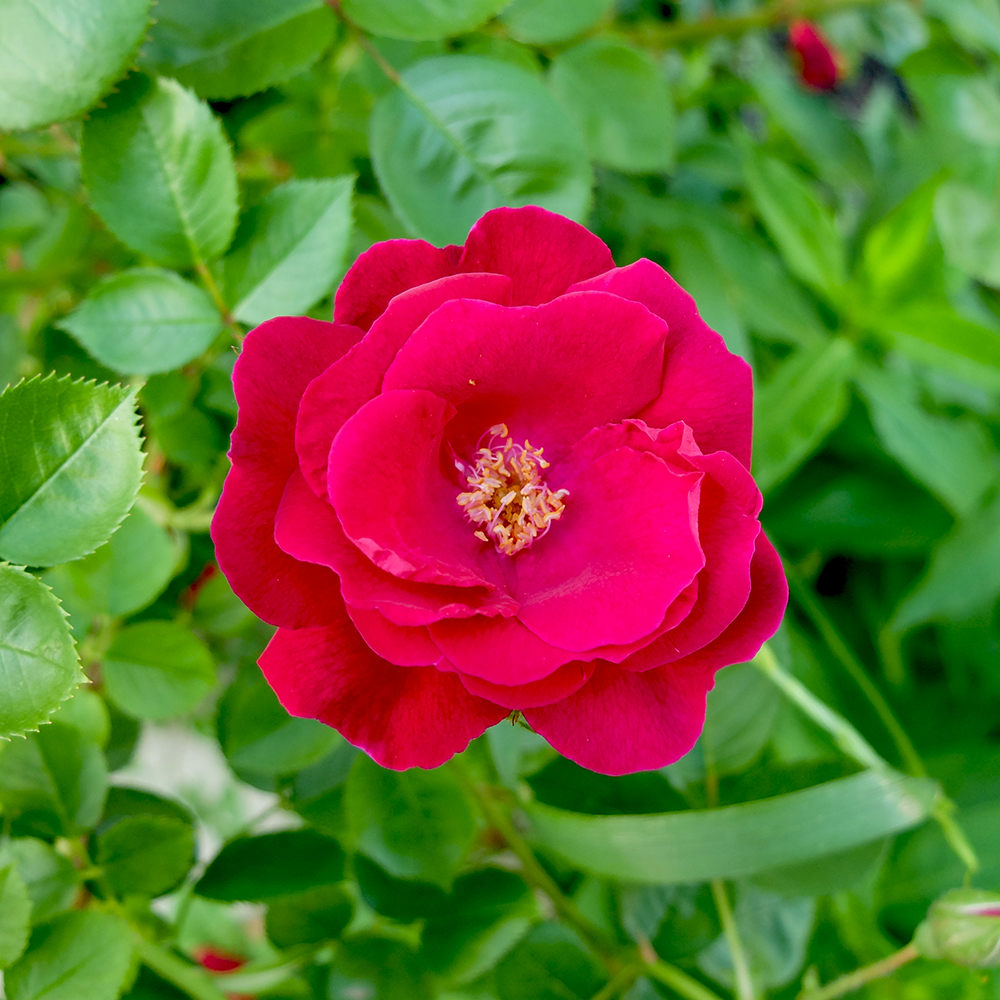
 Over the years I have been transplanting various types of Hostas around the yard to help keep the weeds down and to include more low maintenance perennials. By this year, the transplants are looking really nice and well established. At the moment we have 7 varieties scattered around the yard.
Over the years I have been transplanting various types of Hostas around the yard to help keep the weeds down and to include more low maintenance perennials. By this year, the transplants are looking really nice and well established. At the moment we have 7 varieties scattered around the yard.
Bressingham Blue large leaf Hosta, pictured below, is definitely an impressive variety. It is the largest plant in the yard spanning about 5 feet in diameter flaunting large blue green leaves. Because Hostas are mainly praised for their lush and full greenery, the fact that they also grow gorgeous flowers is sometimes overlooked. The flowers from this variety are quite substantial and they last for a few weeks. When the Bressingham Blue flowers first spring up, they kind of remind me of a lily flower.
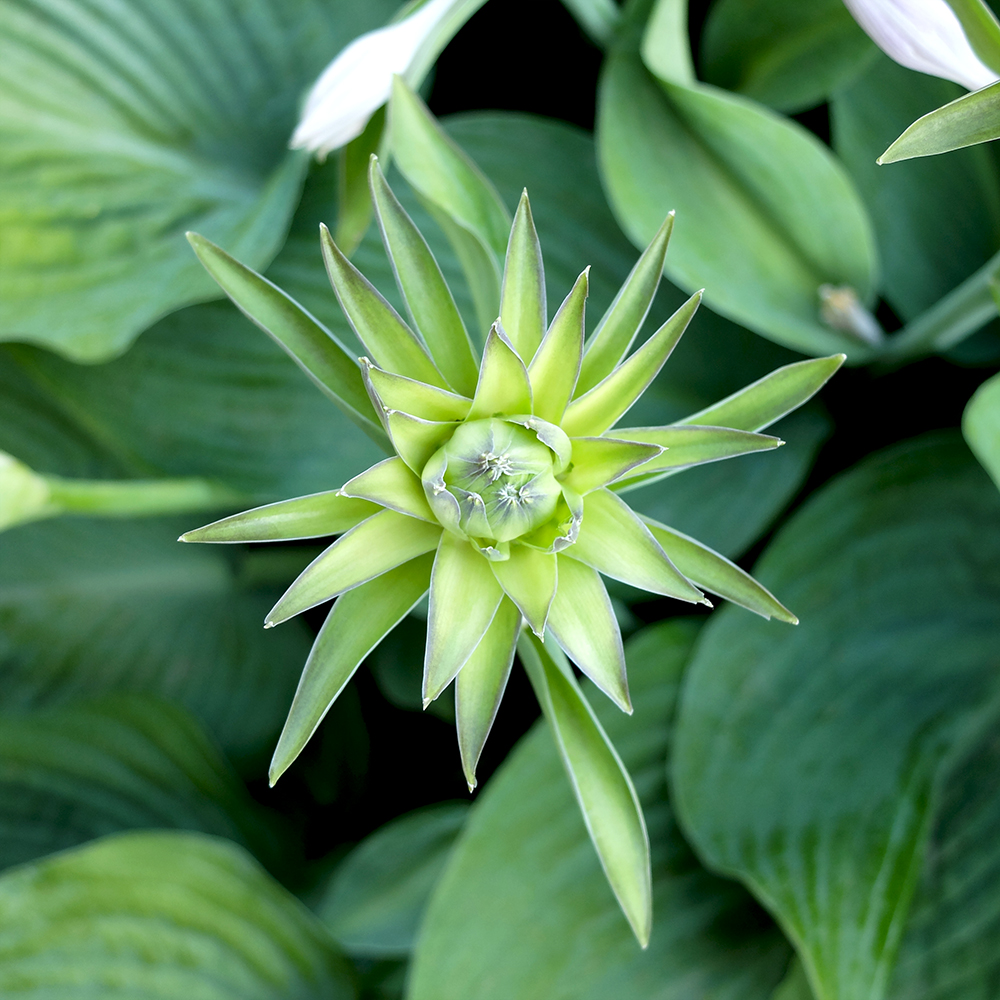
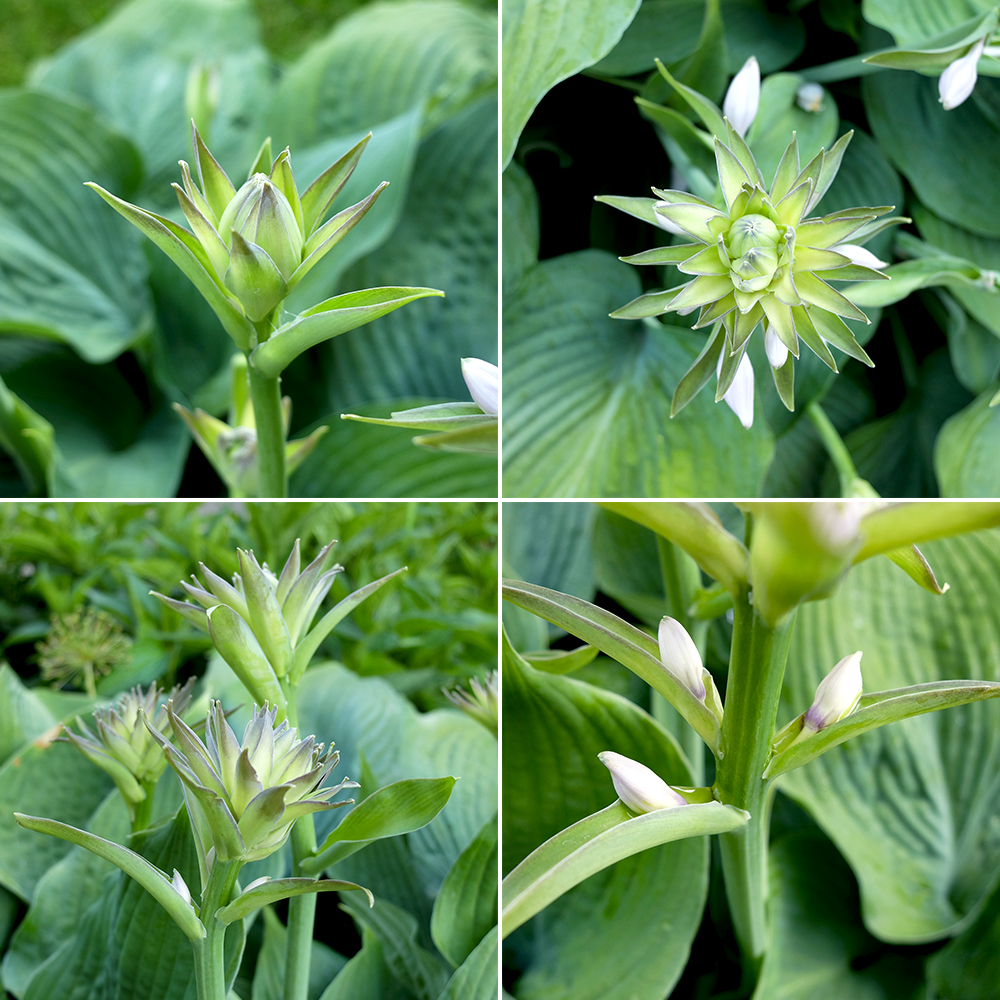 Several large flower stalks shoot from the centers of the plant, along the the stem are smaller thick leaves that cradle a flower bud. The petal like leaves grow thicker and thicker as you reach the top of the stalk forming an attractive cluster of flowers. In this case, the flowers are mostly white with pale purple veins running the length.
Several large flower stalks shoot from the centers of the plant, along the the stem are smaller thick leaves that cradle a flower bud. The petal like leaves grow thicker and thicker as you reach the top of the stalk forming an attractive cluster of flowers. In this case, the flowers are mostly white with pale purple veins running the length.
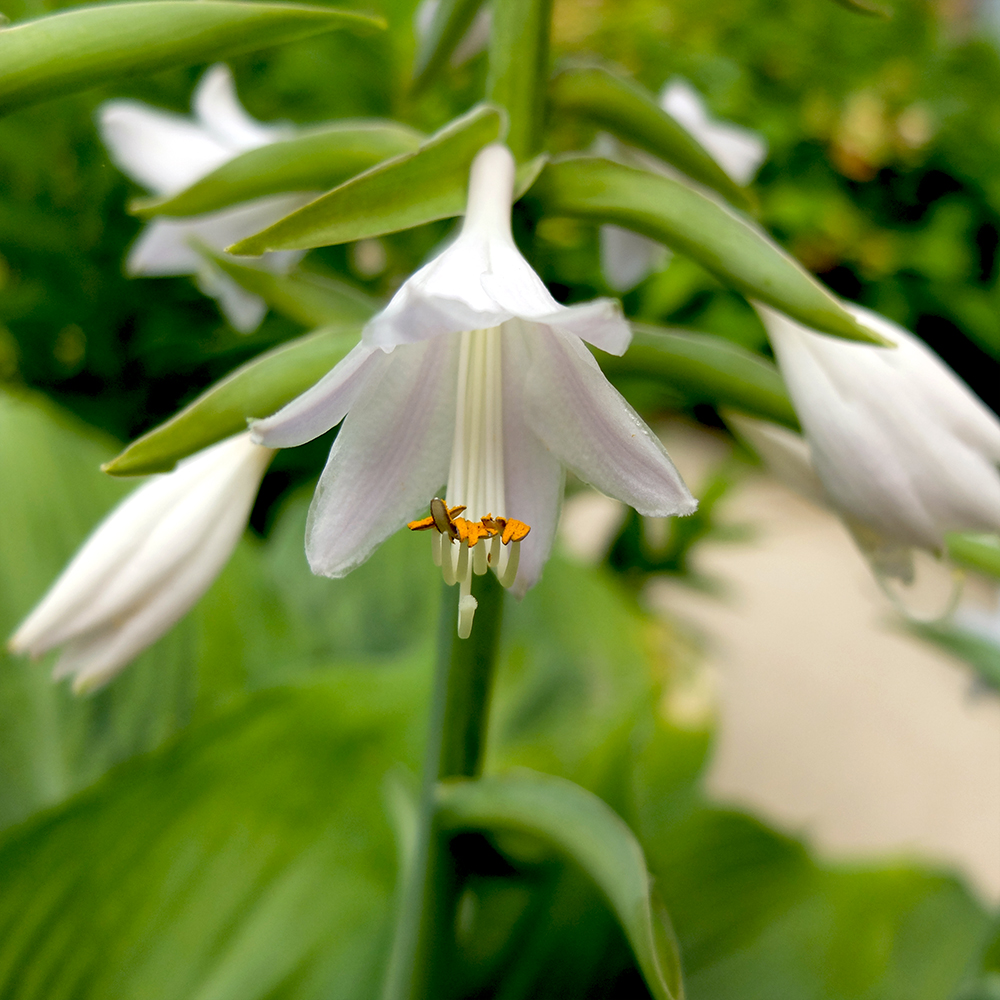
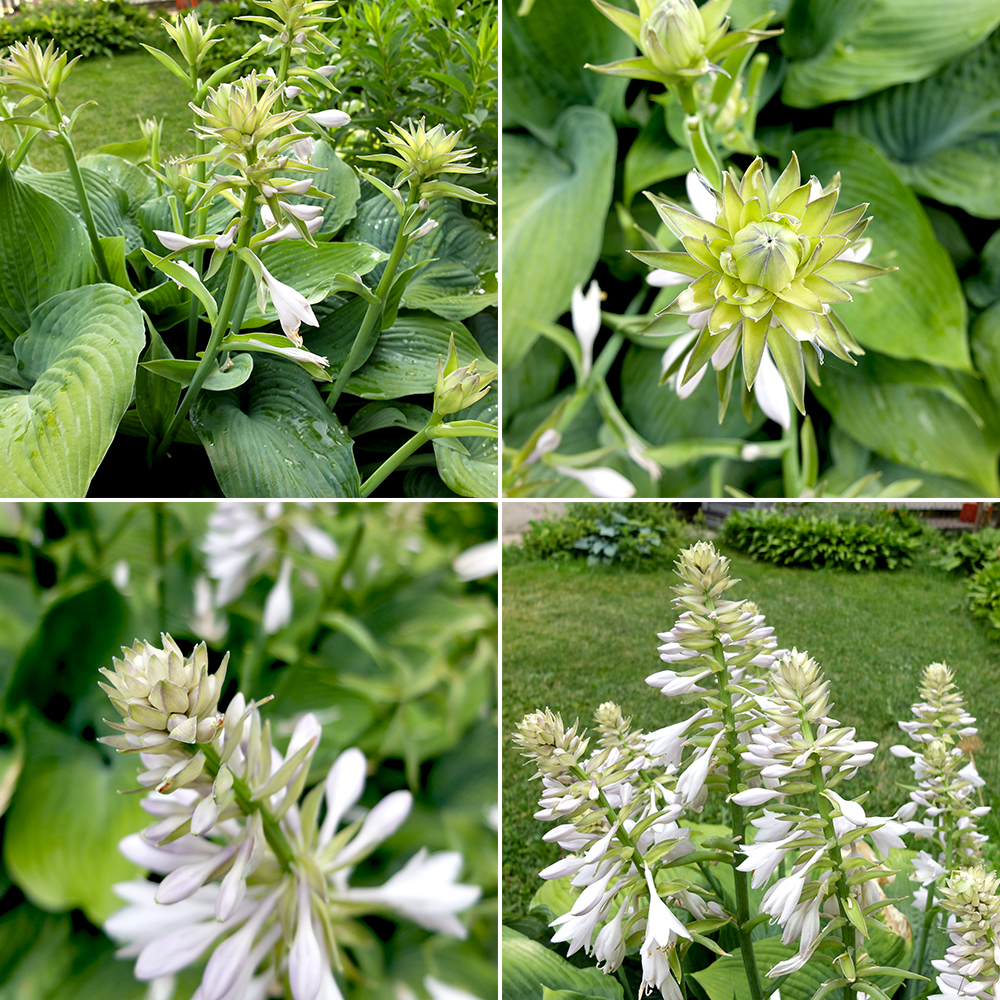 Most of the Hostas have gone to bloom by the end of June, but we’re still waiting on some. While all Hosta flowers appear to have the same growing style and shape, their color and appeal can be so different. I love the intensely purple flower below.
Most of the Hostas have gone to bloom by the end of June, but we’re still waiting on some. While all Hosta flowers appear to have the same growing style and shape, their color and appeal can be so different. I love the intensely purple flower below.

 Along the back of the house we have a small strip of plants; Peonies, Phlox, yellow Lilies, a handful of weeds and two Pink Spirea bushes- one dark and one light. In my opinion, the Pink Spirea bushes are relatively uninspiring throughout the year (& I’m easily impressed by most plants!), however for a short time in June they are covered with these sweet clusters of tiny pink flowers. It’s a nice reminder that although they are easily overlooked, they too have some pretty extraordinary features to enjoy. Here is a glimpse to help remind us (me), that even the unassuming Pink Spirea bush has it’s strengths and redeeming qualities- and hey, they’re not so bad.
Along the back of the house we have a small strip of plants; Peonies, Phlox, yellow Lilies, a handful of weeds and two Pink Spirea bushes- one dark and one light. In my opinion, the Pink Spirea bushes are relatively uninspiring throughout the year (& I’m easily impressed by most plants!), however for a short time in June they are covered with these sweet clusters of tiny pink flowers. It’s a nice reminder that although they are easily overlooked, they too have some pretty extraordinary features to enjoy. Here is a glimpse to help remind us (me), that even the unassuming Pink Spirea bush has it’s strengths and redeeming qualities- and hey, they’re not so bad.
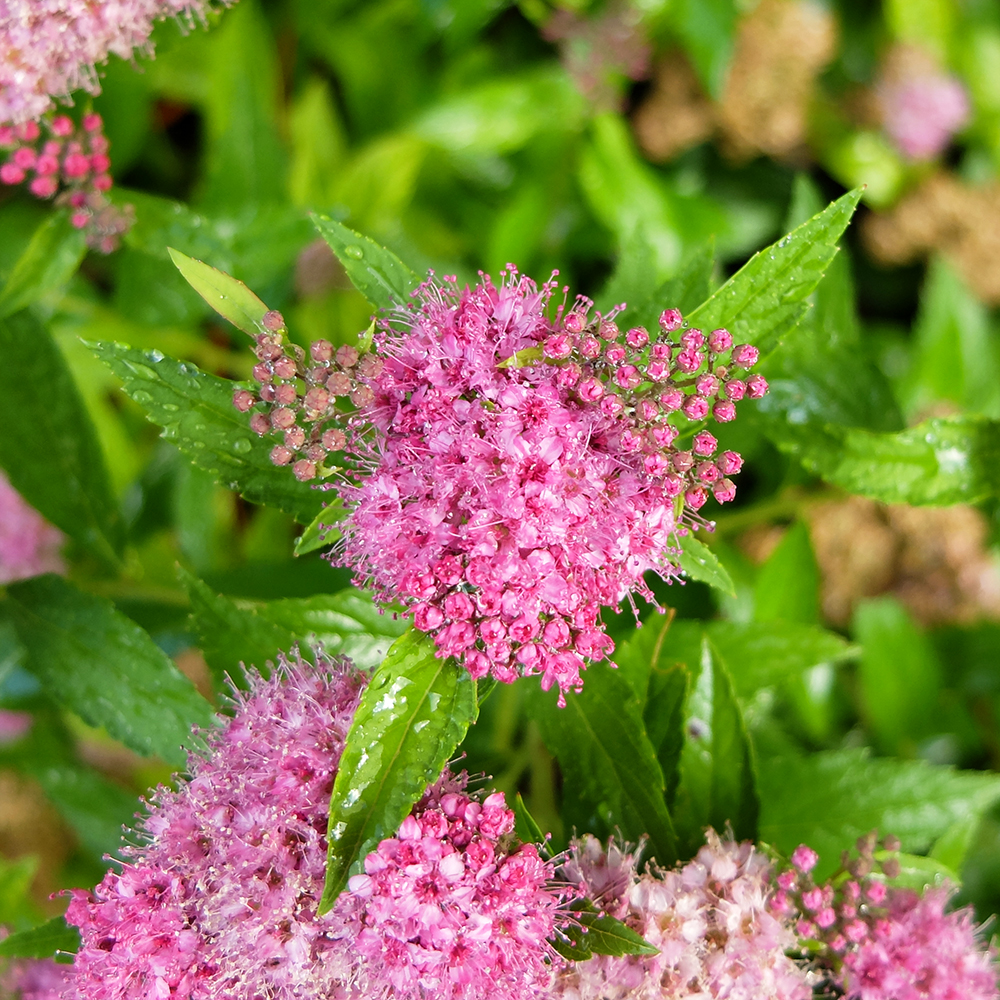 While we’re talking about feelings, I have to say, this next bloom presents a lot to think about. The Balloon Flowers ‘Platycodon grandiflorus,’ have been forming since early spring and they’re finally about to open up. The foliage of this plant is dense with pointed leaves growing up stems that reach about 1.5-2 feet tall. The budding process of the Ballon Flower is really beautiful. They start off as a small oval bud and begin to form a pentagonal shape which continues to inflate until finally it blooms. Here is a view of the buds before they open up.
While we’re talking about feelings, I have to say, this next bloom presents a lot to think about. The Balloon Flowers ‘Platycodon grandiflorus,’ have been forming since early spring and they’re finally about to open up. The foliage of this plant is dense with pointed leaves growing up stems that reach about 1.5-2 feet tall. The budding process of the Ballon Flower is really beautiful. They start off as a small oval bud and begin to form a pentagonal shape which continues to inflate until finally it blooms. Here is a view of the buds before they open up.
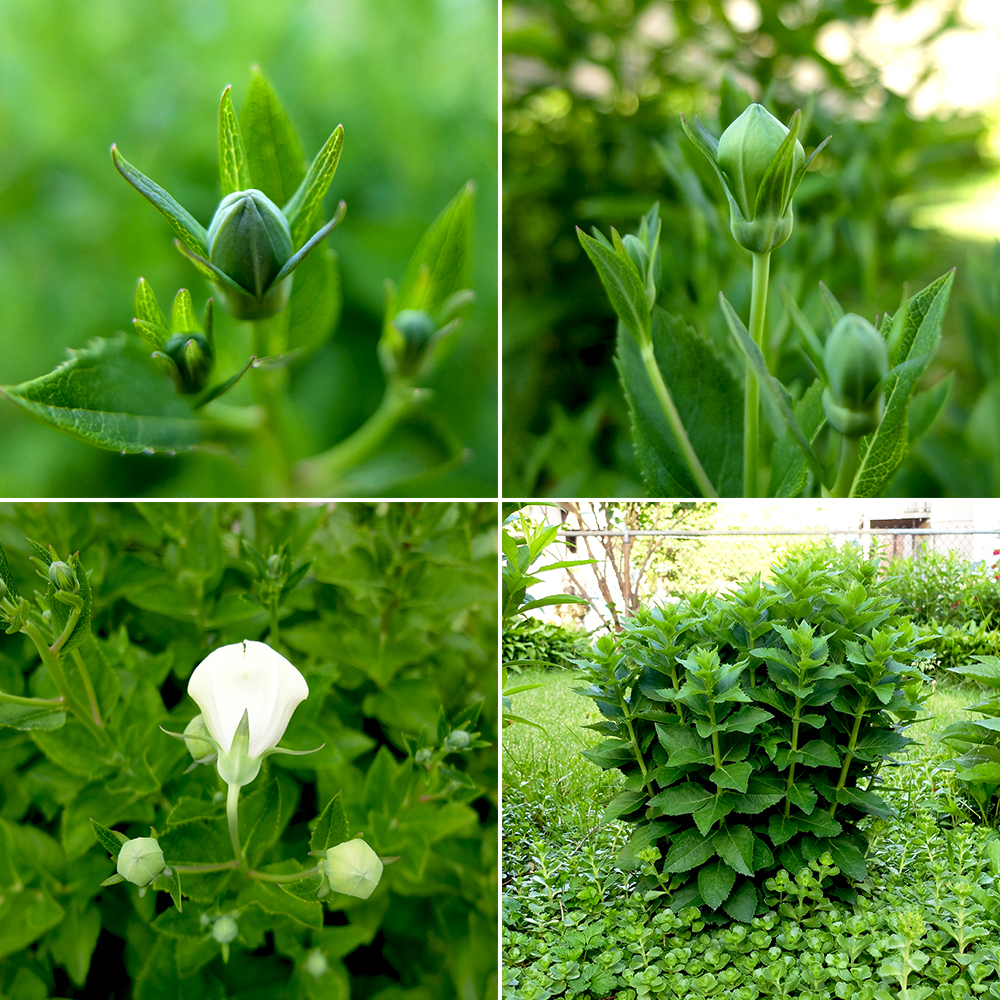
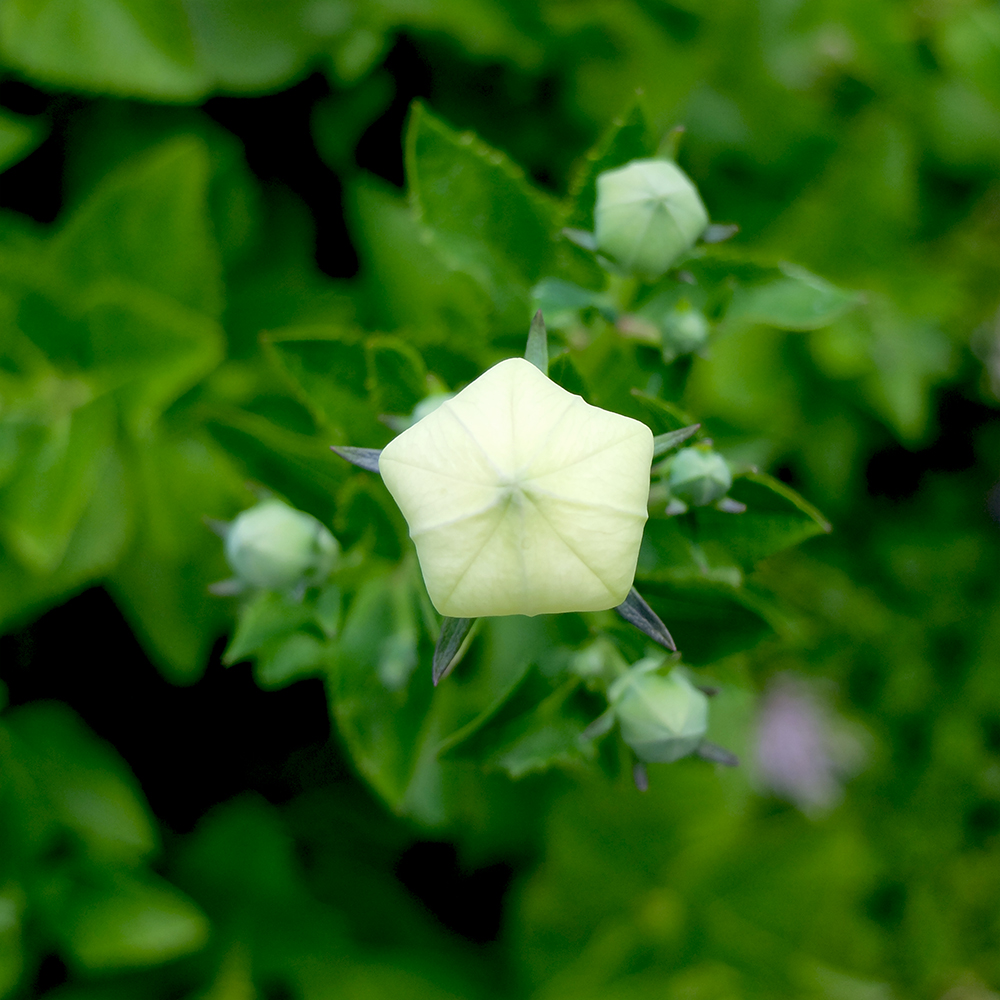 Sedum, often referred to as stonecrop, is another staple in the yard, I have been transplanting a few varieties around the yard for years. When we moved in there was only one type of ground covering Sedum in the yard, Sedum spurium ‘John Creech’, pictured on the bottom of the image below. It’s a really beautiful hardy ground cover with thick succulent leaves and pretty pink flowers, by the end of June all of the Sedum plants are starting to bloom. Another ground cover variety pictured on the top left is Sedum floriferum ‘Weihenstephaner Gold’. I snagged a couple sprigs from an industrial area near by and managed to propagate a couple of nice sections of it, the leaves are a radiant green and it’s flowers are bright yellow. The other variety pictured on the top right is Sedum spectabile, newly renamed as Hylotelephium spectabile. This Sedum is not really a ground cover, but more of a thick mound, they can grow up to 18 inches tall, though my tallest is only about 12 inches. This variety is sometimes referred to as Showy Stonecrop due to its showy bright pink flowers, which are about to bloom any day now.
Sedum, often referred to as stonecrop, is another staple in the yard, I have been transplanting a few varieties around the yard for years. When we moved in there was only one type of ground covering Sedum in the yard, Sedum spurium ‘John Creech’, pictured on the bottom of the image below. It’s a really beautiful hardy ground cover with thick succulent leaves and pretty pink flowers, by the end of June all of the Sedum plants are starting to bloom. Another ground cover variety pictured on the top left is Sedum floriferum ‘Weihenstephaner Gold’. I snagged a couple sprigs from an industrial area near by and managed to propagate a couple of nice sections of it, the leaves are a radiant green and it’s flowers are bright yellow. The other variety pictured on the top right is Sedum spectabile, newly renamed as Hylotelephium spectabile. This Sedum is not really a ground cover, but more of a thick mound, they can grow up to 18 inches tall, though my tallest is only about 12 inches. This variety is sometimes referred to as Showy Stonecrop due to its showy bright pink flowers, which are about to bloom any day now.
 The Cranesbill Geraniums are still budding and blooming with new flowers. The fallen Geraniums are now turning into the seed pods that are responsible for the name Cranesbill. Once these seed pods dry out a bit I plan to collect some seeds to sprout and share with friends and family next year.
The Cranesbill Geraniums are still budding and blooming with new flowers. The fallen Geraniums are now turning into the seed pods that are responsible for the name Cranesbill. Once these seed pods dry out a bit I plan to collect some seeds to sprout and share with friends and family next year.
 Below are the buds of the Phlox flowers. Surprisingly Intricate flower buds that eventually bloom into long lasting bright flower clusters. I believe these were planted in one spot when we moved into the yard about 6 years ago. They have since migrated all around the yard and are now well established in at lease 4 spots. We have them in a few colors, bright pink, slightly purple, and white. Up until this year I was not sure what they were and because they have been spreading like weeds, I thought they might actually be a weed- we have a few other tall stalky plants that look similar and also burst with flowers, so I always considered them all to be welcome.
Below are the buds of the Phlox flowers. Surprisingly Intricate flower buds that eventually bloom into long lasting bright flower clusters. I believe these were planted in one spot when we moved into the yard about 6 years ago. They have since migrated all around the yard and are now well established in at lease 4 spots. We have them in a few colors, bright pink, slightly purple, and white. Up until this year I was not sure what they were and because they have been spreading like weeds, I thought they might actually be a weed- we have a few other tall stalky plants that look similar and also burst with flowers, so I always considered them all to be welcome.
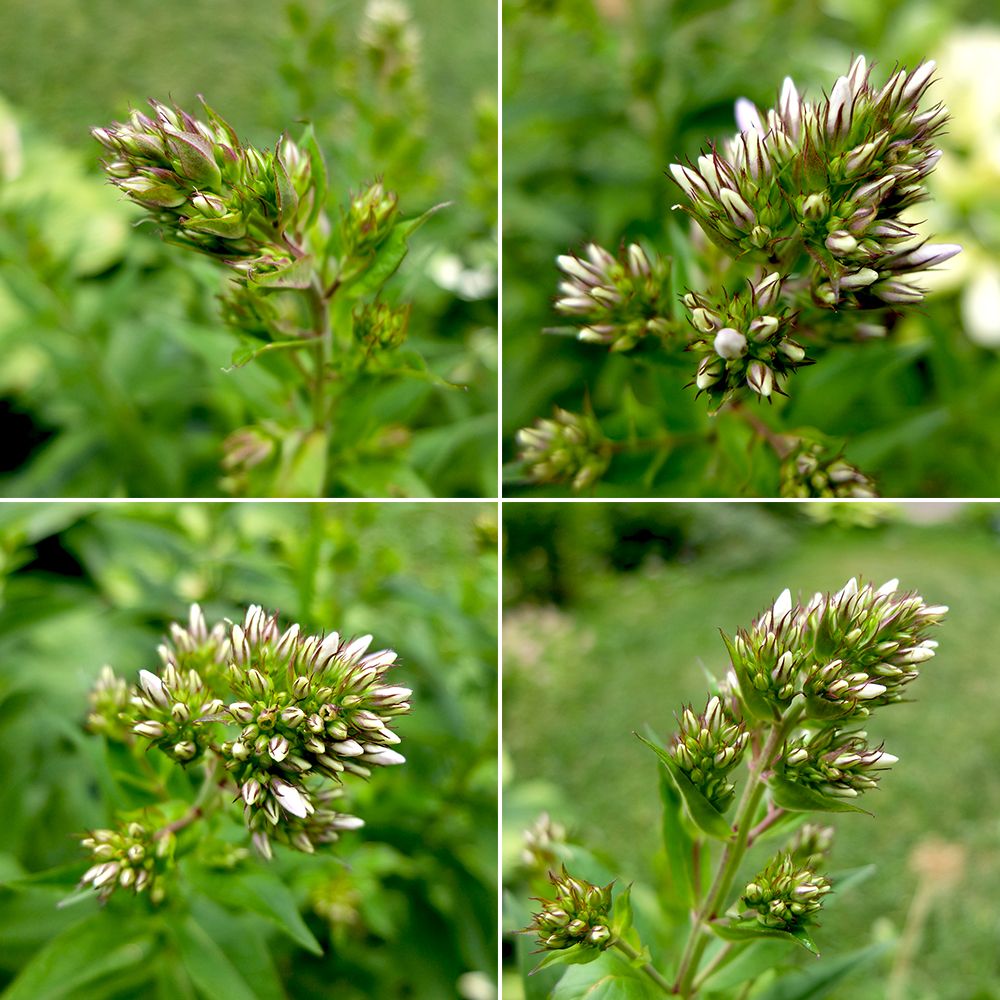
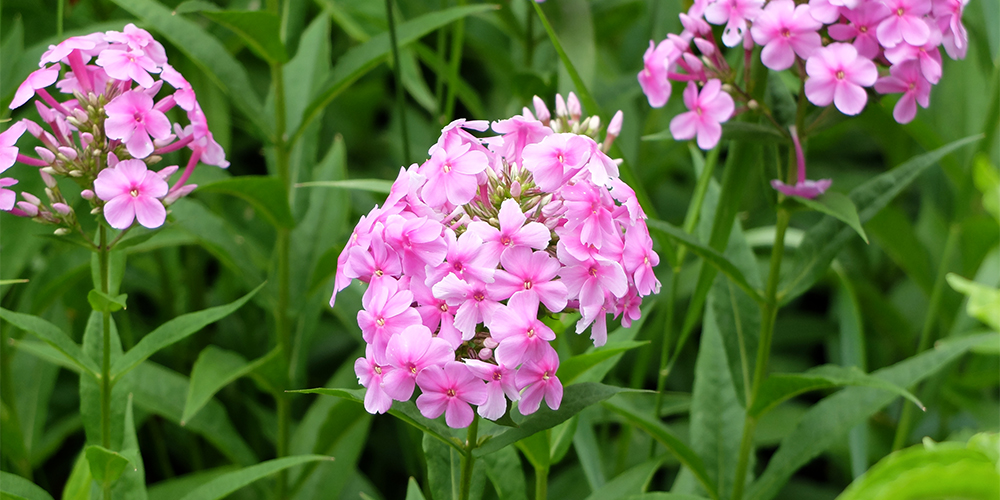 We’ll wrap up Junes garden tour with the Black Eyed Susans ‘Rudbeckia hirta.’ They are currently fully grown with loads of flower buds. The Black Eyed Susans were prominent in the yard when we first moved in, there were a few areas full of them and each year those areas expand. They produce a dense dark green hairy foliage and spread easily. Their flowers are bright yellow with a dark brown/black center, they are long lived and can bloom for many weeks between June and September. They are ready to fill the yard with bright yellow bursts any day now.
We’ll wrap up Junes garden tour with the Black Eyed Susans ‘Rudbeckia hirta.’ They are currently fully grown with loads of flower buds. The Black Eyed Susans were prominent in the yard when we first moved in, there were a few areas full of them and each year those areas expand. They produce a dense dark green hairy foliage and spread easily. Their flowers are bright yellow with a dark brown/black center, they are long lived and can bloom for many weeks between June and September. They are ready to fill the yard with bright yellow bursts any day now.
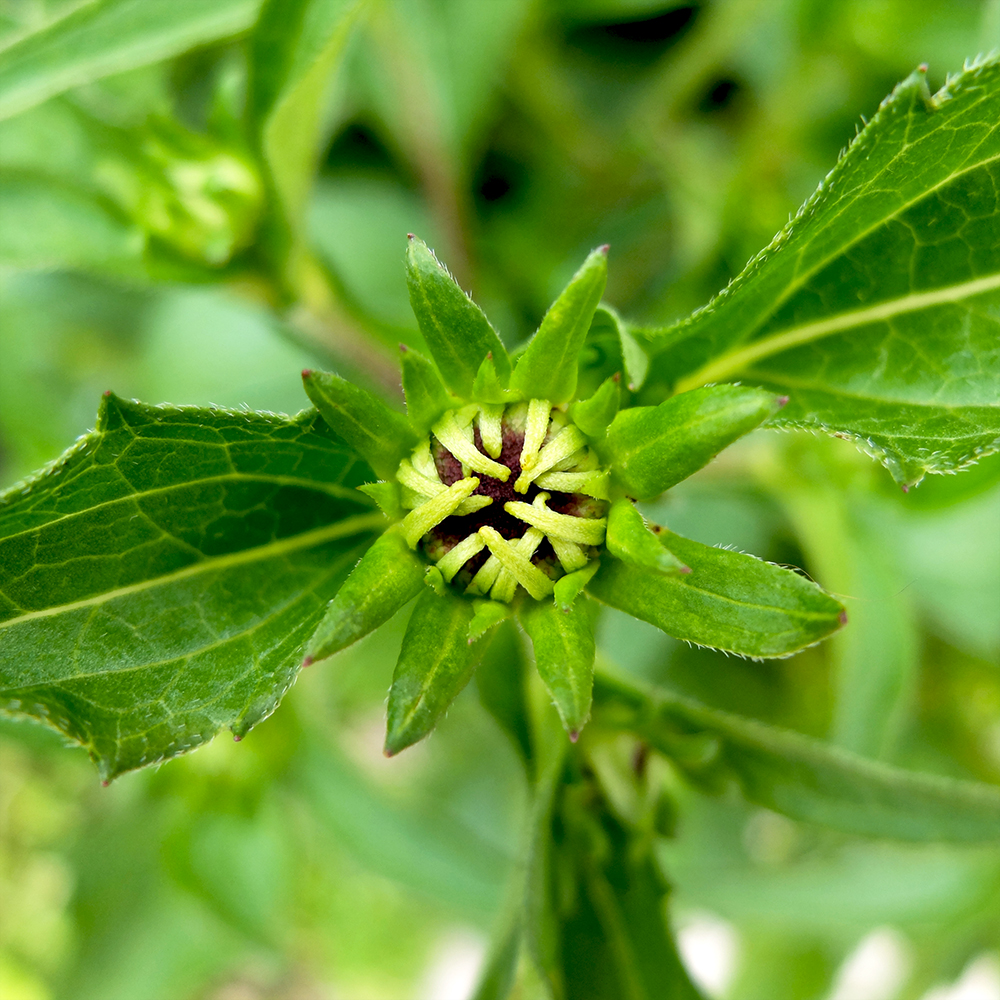 Good job June! Thanks for following along, if you are interested in this years previous yard updates, you can check them out here:
Good job June! Thanks for following along, if you are interested in this years previous yard updates, you can check them out here:
[…] The Yard in June […]